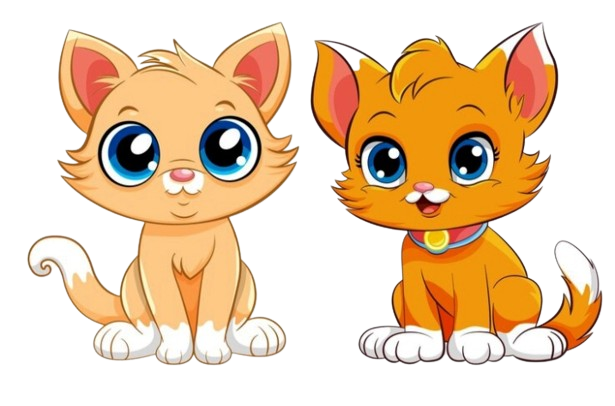Bengal Cat American Wirehair
History of Bengal Cat
The Bengal cat is a hybrid of a domestic cat with a wild Asian leopard cat. The first hybrid was introduced in 1963 by Jean Mill. Today, the Bengals divorce only each other.
The breed was recognized by the International Association of Cats in 1991. The Association of Cat Lovers did not recognize the breed.
Characteristics of the Bengal Cat Breed
Adaptability 10/10
Attachment to the family 10/10
Gaming activity 10/10
intelligence 10/10
General health 07/10
Wool fallout 02/10
Friendliness to children 08/10
Friendly to dogs 10/10
Love for meows 03/10
Breed
information
|
The Origin |
United States |
|
lifetime |
12-16 years old |
|
size |
Medium/large |
|
weight |
Cats: 5-8 kg, Cats: 4-6 kg |
|
The type of wool |
shorthaired |
|
Color |
spotted, marbled, black tabby, silver tabby |
|
lifestyle |
Outdoors / indoors |
Bengal cat price |
600 - 4000 $ |
Description
Bengal cats are mostly medium-sized, although there are large individuals that boast strong, athletic bodies.
Along with other hybrid breeds of cats, for example, savanna Bengal cats are more than the average domestic cat.
Adult cats can weigh 4-8 kg.
Distinctive signs of Bengals
- Have a large triangular head
- Small ears with rounded tips
- The nose of the Bengal cats is wide and massive
- The eyes are large and take an oval shape
- The neck is strong and muscular
- paws were strong and big. They are medium-sized, but the rear is slightly longer than the front
- The tail of this breed is small
- The cat's coat is silky and dense. It can be short or medium-sized
- the color is marble or leopard and can have a shade of gray, red, or white.
Personality
Bengals are incredibly active and very intelligent cats that need to be paid attention to. Therefore, if you prefer cats that will not be around you all the time and like to sleep almost all day, then it is worth picking up a less active breed!
Although many consider the Bengal cat to be a wild cat that only pretends to be domesticated, the breed is actually very sweet and loving. She is very friendly to her family and other pets, to dogs including.
This is the perfect cat for children and dogs who are friends with cats. She's smart enough to stay away from toddlers who might not be able to respect the cat's space, and school-age kids who know better than to pull the tail will find the Bengal cat funny and energetic.
Bengals love to play and spend time with their family but consider if they don't pay enough attention - they can be devastating. Therefore, it needs a constant influx of activity and distractions, including new toys, puzzles, trees, or special climbing devices, so that they are something to do.
Also, this breed of cats loves to play in the water, watch the running water from the tap, as well as take baths. So don't be surprised if your Bengal cat wants to join you in the shower or bathroom.
It is one of the few breeds of cats that seems to love to walk on a leash around the neighborhood, as well as breeds Maine and Abyssinian cats.
Bengalis learn very quickly and enjoy learning new behaviors. In fact, they can learn tricks that you would appreciate, such as turning on and off light switches, opening doors, and flushing toilets.
Athletic and agile, Bengals love to climb the highest points in any room. These are playful, sociable, energetic cats with a generous dose of feline curiosity.
Common Diseases
Bengals are a healthy, energetic breed with an average lifespan of 15 years or more. This breed of cats does not have any special health problems, but there are several diseases that are sometimes found in Bengals:
- flat breast syndrome in kittens;
- hypertrophic cardiomyopathy;
- hip dysplasia;
- deficit of pyruvate kinase
- progressive retinal atrophy.
Therefore, choose responsible breeders before buying a Bengal cat.
How to take Care of a Bengal cat?
Caring for the Bengal cat is pretty easy, as they like to swim, are easy to train, and therefore will not sharpen your claws on your chairs and sofas. It is easy to get used to the tray, but keep in mind that it should be closed type or have high sides, as the Bengals like to bury their "waste".
That is, nothing special is needed, only a standard set: comb the brushed wool, do vaccinations and pay attention.




